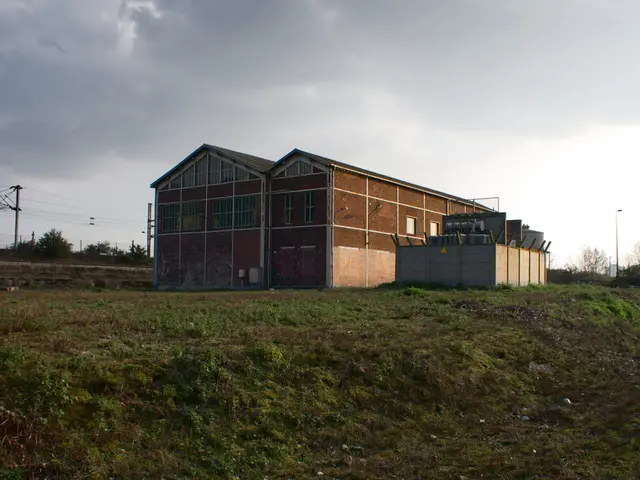Metalworking Procedures, Components, and Manufacturing Sectors in Metal Crafting
In the realm of craftsmanship, metal fabrication stands as a testament to human ingenuity and creativity. This process, which transforms raw metal into intricate products or structures, is a symphony of traditional techniques and modern machinery.
The journey begins with design and prototyping, where blueprints or digital models detail the vision for the final product. This is followed by the meticulous stages of cutting, bending, machining, welding, and assembly. Each step requires precision and attention to detail, ensuring the end result is nothing short of extraordinary.
Cutting methods vary from traditional sawing and shearing to more advanced techniques like laser cutting and plasma cutting. Bending is achieved using traditional hammering methods or press brakes, while machining is employed for parts requiring precise holes or trimming.
Welding, a crucial step, joins pieces to form a structure. Techniques like MIG, TIG, and arc welding are used, with the selection based on the metals and joint requirements.
Decorative metal fabrication, in particular, showcases a unique blend of art and engineering. Common techniques include metal spinning, bending and forming, forging, cutting, casting, drawing and extrusion, and welding and finishing.
Metal spinning shapes a metal disc on a lathe at high speed to create seamless, symmetrical items. Bending and forming uses stationary dies and tools to bend bars, pipes, tubes, or sheets into desired angles or shapes. Forging applies pressure to shape heated or cold metal bars or components, while casting pours molten metal into molds to shape complex parts. Drawing and extrusion stretches or forces metal through dies to form cross sections like rods, bars, or tubes.
Modern machinery plays a significant role in metal fabrication. CNC machining centers and multitasking turning centers are used for complex, precise cuts and shapes. Hydraulic and manual bending machines create bends in sheet metal or thicker stock, while laser cutters carve intricate designs with minimal material waste. Metal spinning lathes create symmetrical hollow parts, and robotic welding systems improve accuracy and consistency in joining metal components.
Finding skilled artisans for decorative metal fabrication projects is an art in itself. Seeking fabrication companies or workshops specializing in decorative or custom metalwork is a good starting point. Artisans or companies with experience in specific techniques, such as metal spinning or forging, are particularly valuable.
Reviewing portfolios or project galleries online helps assess the artisan's style and craftsmanship quality. Professional metalworking associations or trade groups can provide recommendations for skilled metal fabricators and artisans in your region. Platforms targeted at artisan craftspeople or local makerspaces, where bespoke craftsmanship is highlighted, are also worth exploring.
Connecting with firms offering prototyping services can help ensure your design is realized accurately before full production.
In essence, decorative metal fabrication is a dance between tradition and technology. It is a craft that requires skill, precision, and a deep appreciation for both the art and science of metalworking. Whether you're looking to bring a design to life or simply marvel at the beauty of craftsmanship, decorative metal fabrication offers a captivating glimpse into the world of human ingenuity.
For your decorative metal fabrication needs, consider reaching out to Heather & Little, a company renowned for its expertise, dedication to quality craftsmanship, and commitment to client satisfaction.
The manufacturing industry incorporates decorative metal fabrication, a unique blend of art and engineering, in the prototyping phase of projects. This process includes techniques such as metal spinning, bending and forming, forging, casting, drawing and extrusion, and welding and finishing.
The automotive and aerospace sectors often partner with such companies for their intricate metalwork requirements, often utilizing advanced machinery like CNC machining centers and laser cutters.
Finance plays a crucial role in the sustainability of companies like Heather & Little, which provide decorative metal fabrication services, ensuring they can invest in energy-efficient technologies for a greener production process, while maintaining a high standard of quality and client satisfaction.








